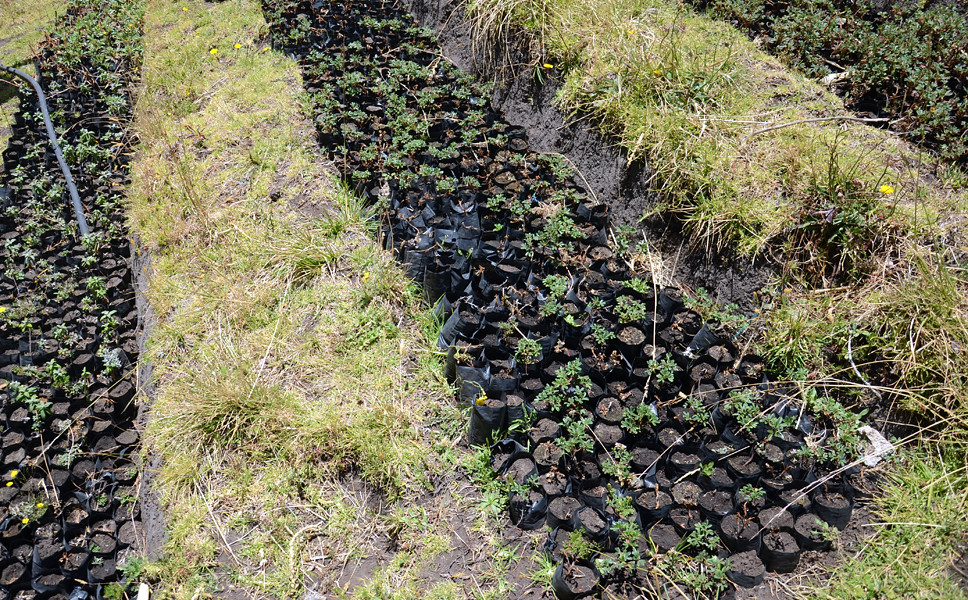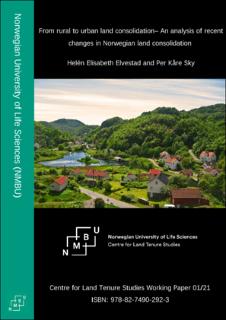Gendered farm work, off-farm employment, and decision-making power: Quantitative evidence from Tajikistan
Globally, nearly half of all workers in rural areas work in agriculture (International Labour Organization 2020). Women are heavily involved in agricultural production, but often get assigned different roles and responsibilities compared to men (Doss 2018). In many contexts, women have less decision-making power than men regarding their households’ agricultural production or on how to spend agricultural income (FAO 2011).






